When it comes to crime and thriller films, filmmakers are constantly experimenting with techniques to draw viewers into the story, heighten tension, and provoke visceral emotional reactions. One such powerful technique is point-of-view (POV) cinematography, which thrusts the audience directly into the action by showing events as if through the eyes of a character. Unlike standard third-person perspectives, POV shots create an intimate, immersive experience that blurs the line between fiction and reality. Whether through fleeting moments of subjectivity or full-fledged first-person narratives, this technique has long fascinated filmmakers and viewers alike.
The Psychological Impact of POV Shots
One of the greatest strengths of POV cinematography is its ability to place viewers inside the minds and surroundings of characters on screen. Unlike traditional perspectives, which might create distance by employing wide angles or shifting camera positions, POV cinematography strips away that distance. It demands that the audience see the world as the character does, experiencing their fear, exhilaration, or confusion firsthand.
For crime and thriller genres, this is a golden opportunity. These stories often thrive on tension and uncertainty, and POV shots amplify those feelings by creating a sense of immediacy. It’s no wonder that POV cinematography is often compared to a simulation. Viewers feel implicated in the decisions taking place and can’t escape the consequences—whether it’s running through dark alleys, being interrogated in a windowless room, or fighting for survival.
Take The Blair Witch Project (1999), for example. This low-budget indie horror/thriller used faux-documentary-style POV cinematography to present the narrative as if it were genuine found footage. Through shaky handheld cameras and tense close-ups, it placed audiences in the shoes of amateur filmmakers lost in the woods, haunted by an unseen menace. The technique not only heightened the terror but also reshaped how stories could be told in the thriller genre. Viewers were made to feel like participants rather than mere observers, which left them haunted long after the credits rolled.
Suspense and Perspective in Alfred Hitchcock’s Psycho
Few directors understood the power of POV cinematography better than Alfred Hitchcock, and one of the finest examples of his mastery can be found in Psycho (1960). This groundbreaking thriller utilized POV shots strategically to manipulate audience perception and amplify the tension at every turn. A master of suspense, Hitchcock used the technique to create an unsettling intimacy between the viewer and the narrative’s key players, particularly Norman Bates and Marion Crane.
Perhaps the most iconic example is the infamous shower scene. Hitchcock uses rapid cuts and angles that mimic Marion’s perspective as she is attacked, heightening the claustrophobic terror of the moment. The knife-wielding assailant is shot from deliberate angles that conceal their identity, while Marion’s point of view—interspersed with close-ups of her vulnerable form—throws the audience into the throes of fear. The ticking rhythm of the violins on the soundtrack only adds to the sensory overload.
What makes Psycho so remarkable is that Hitchcock uses these POV techniques to tug at our sympathies. By aligning us emotionally with the characters, Hitchcock flips the narrative halfway through the film. After Marion’s shocking death, Norman Bates becomes the focus, and Hitchcock strings us along by showing moments from his perspective—cleaning up the evidence, for instance—with the implied expectation that we’ll root for him. This manipulation of the audience through POV is part of what makes Psycho such a masterclass in storytelling and suspense, helping to establish it as one of the most influential thrillers of all time.
Enhancing Suspense and Mystery
POV cinematography excels at creating suspense, as directors often use it to withhold information from the audience. Suspense isn’t just about what’s revealed—it’s about what’s hidden, and seeing through the limited perspective of a character leaves a lot to the imagination. When audiences don’t know what’s outside the frame, behind a door, or lurking in the shadows, their imaginations fill in the gaps, often conjuring up far worse scenarios than what the filmmaker could show.
Silence of the Lambs (1991) employed POV shots in subtle but chilling ways. During the climactic scene where FBI agent Clarice Starling hunts Buffalo Bill in his shadowy basement, moments from her perspective create heart-thumping immediacy. However, it’s the terrifying switch to Buffalo Bill’s night-vision goggles—giving the viewer the killer’s vantage point—that pushes the tension into overdrive.
Similarly, Cloverfield (2008) used its handheld “found footage” style to keep the action raw and suspenseful. The movie presented the aftermath of a monster attack on New York City entirely from a first-person perspective, as recorded by a group of friends fleeing the chaos. Seeing the destruction unfold through their limited view deepened the sense of confusion and fear. Just like in Psycho, withholding key information through a narrow POV heightened the dread and made every reveal hit harder.
Creative Use of POV in Crime Stories
POV cinematography isn’t limited to building suspense; it also plays a role in unraveling narratives and adding layers to crime-based storytelling. Whether to reflect a criminal’s internal state or to mislead viewers, POV can turn seemingly simple scenes into psychological puzzles.
For example, Hitchcock’s Rear Window (1954) showcases his experimentation with voyeuristic POV. Though not a direct first-person narrative, the movie’s premise of Jimmy Stewart’s character spying on his neighbors immerses the audience in his limited vantage point. The film is a masterclass in how POV can confine what the viewer sees while revealing just enough to build tension.
Another striking use of POV is found in Enter the Void (2009), Gaspar Noé’s innovative crime thriller that uses first-person cinematography to follow a drug dealer navigating Tokyo’s underground world. After the protagonist’s death, his POV shifts to an out-of-body experience, making viewers complicit in his life and its repercussions from an almost cosmic perspective.
Full Immersion with Films Like Hardcore Henry
Sometimes, POV cinematography is taken to its extreme, making the entire film an unbroken first-person experience. One of the best-known examples is Hardcore Henry (2015), a chaotic, adrenaline-filled action thriller that immerses viewers entirely in the protagonist’s perspective as he battles endless waves of enemies.
Shot with GoPro cameras mounted on stunt performers, the movie eliminates the traditional notion of audience detachment. Instead, viewers become the central protagonist, experiencing every punch, leap, and gunfight as though they were in the thick of things. The narrative, while simple, becomes secondary to the visceral thrills of the first-person perspective.
The Challenges of POV Cinematography
While POV cinematography offers immense creative potential, it also presents challenges for filmmakers. Motion-heavy scenes can disorient audiences, while the limited scope of a character’s view makes world-building and character development more difficult. Yet, as Psycho and other films demonstrate, skilled directors can overcome these limitations to craft experiences that leave a lasting impression.
Final Thoughts
POV cinematography is a powerful tool in crime and thriller storytelling, offering audiences an unparalleled sense of intimacy and immediacy. From Hitchcock’s chilling use of selective perspectives in Psycho to the high-octane immersion of Hardcore Henry, this technique has pushed the boundaries of how stories can be experienced on screen.
By placing viewers directly in a character’s shoes—whether as a victim, a voyeur, or even an unwitting accomplice—POV filmmaking transports us into the most gripping corners of the imagination. It creates not just stories but full-bodied experiences, leaving audiences on edge and eager to uncover what lies around the next corner. Whether subtle or extreme, POV shots continue to redefine cinematic storytelling. And for the thriller genre, they will always be a vital tool for directors looking to blur the line between the screen and the viewer’s reality.
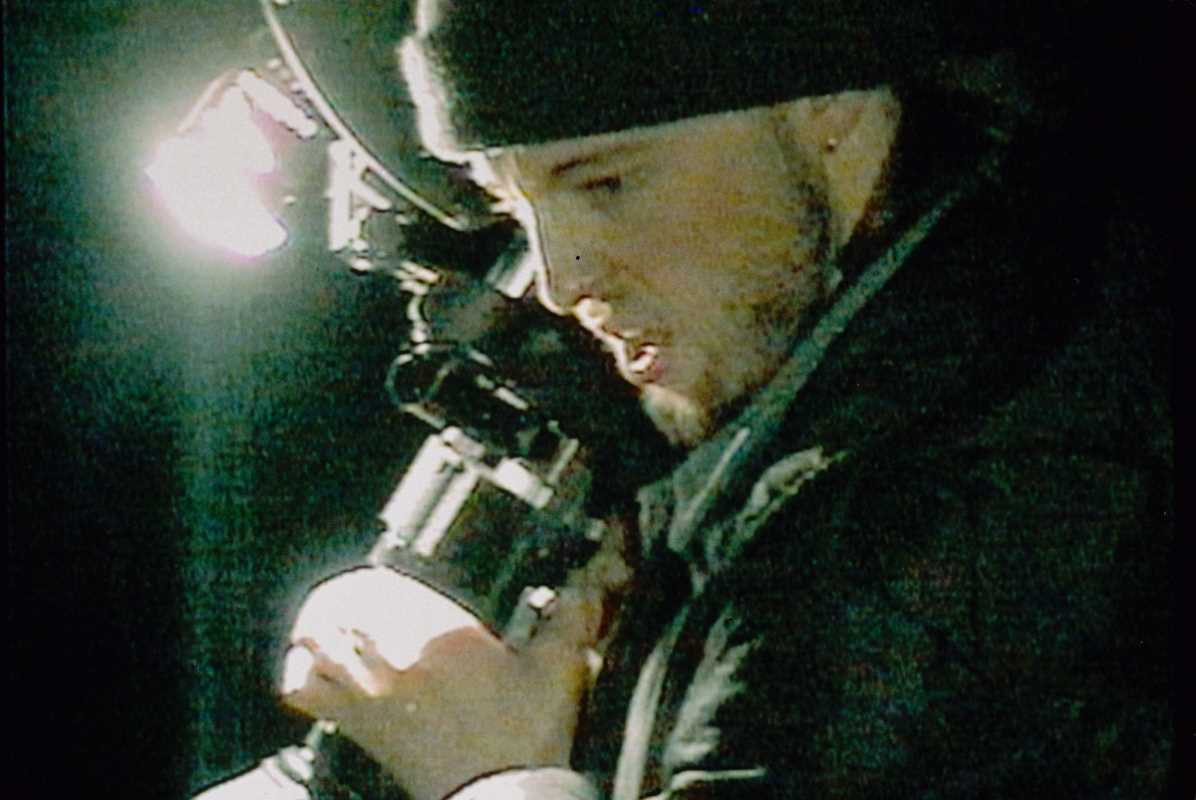 (Image via
(Image via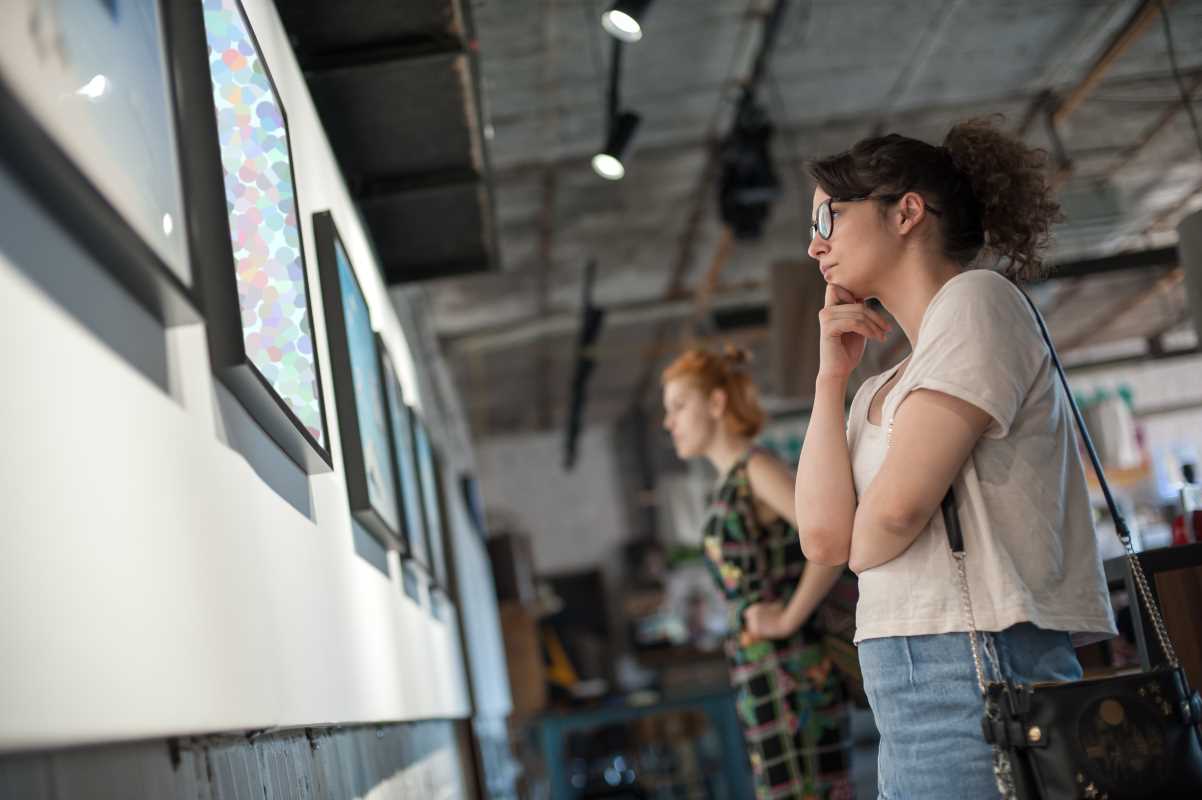
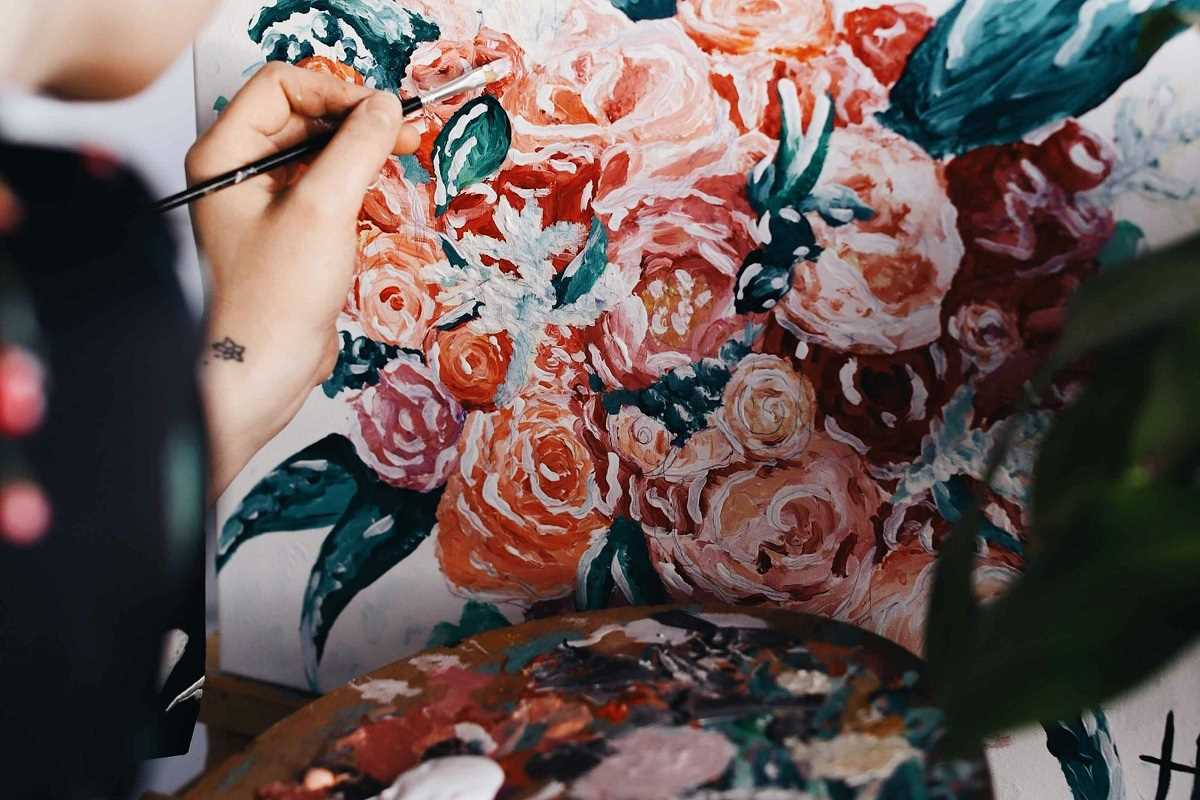
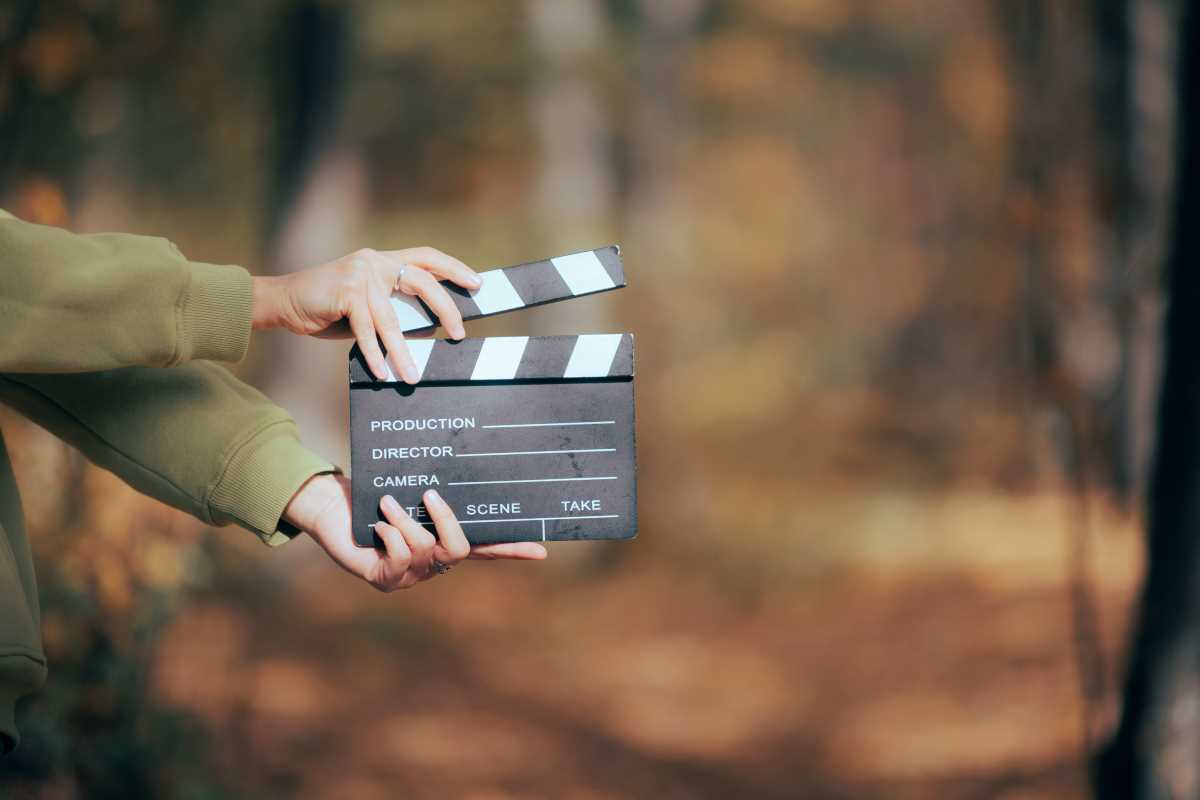
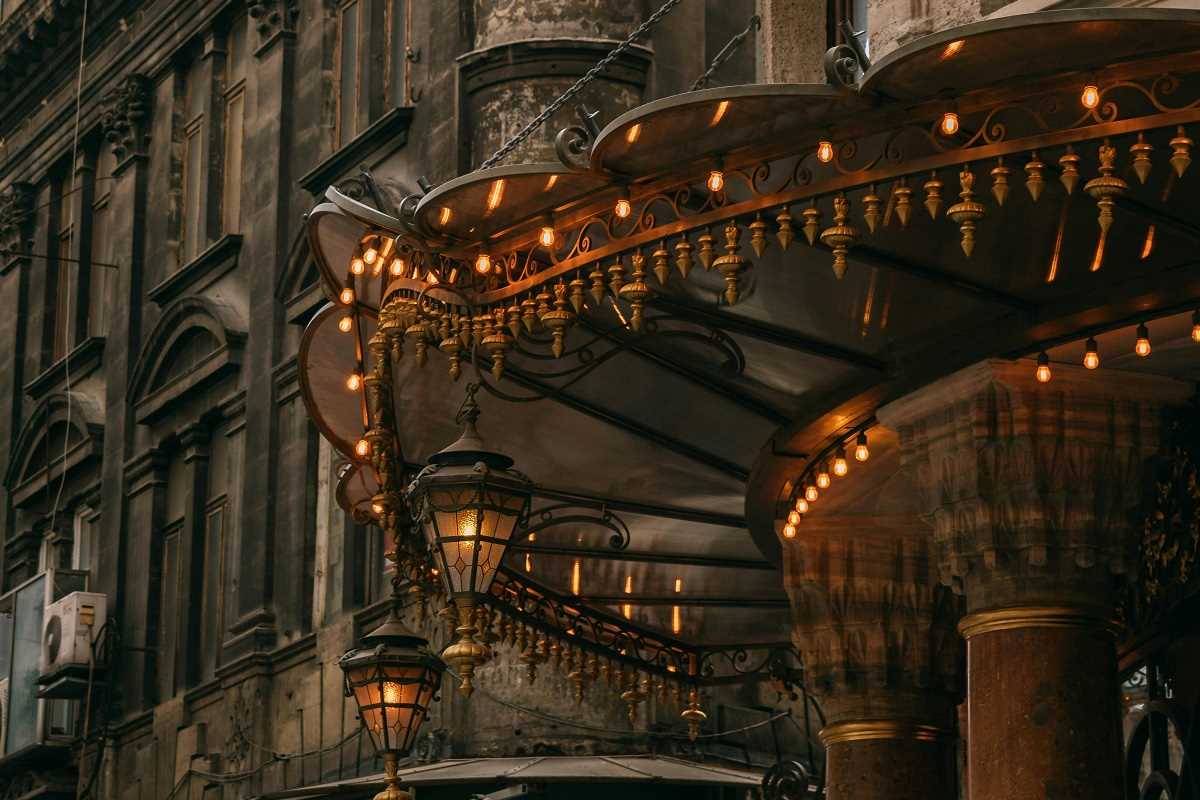
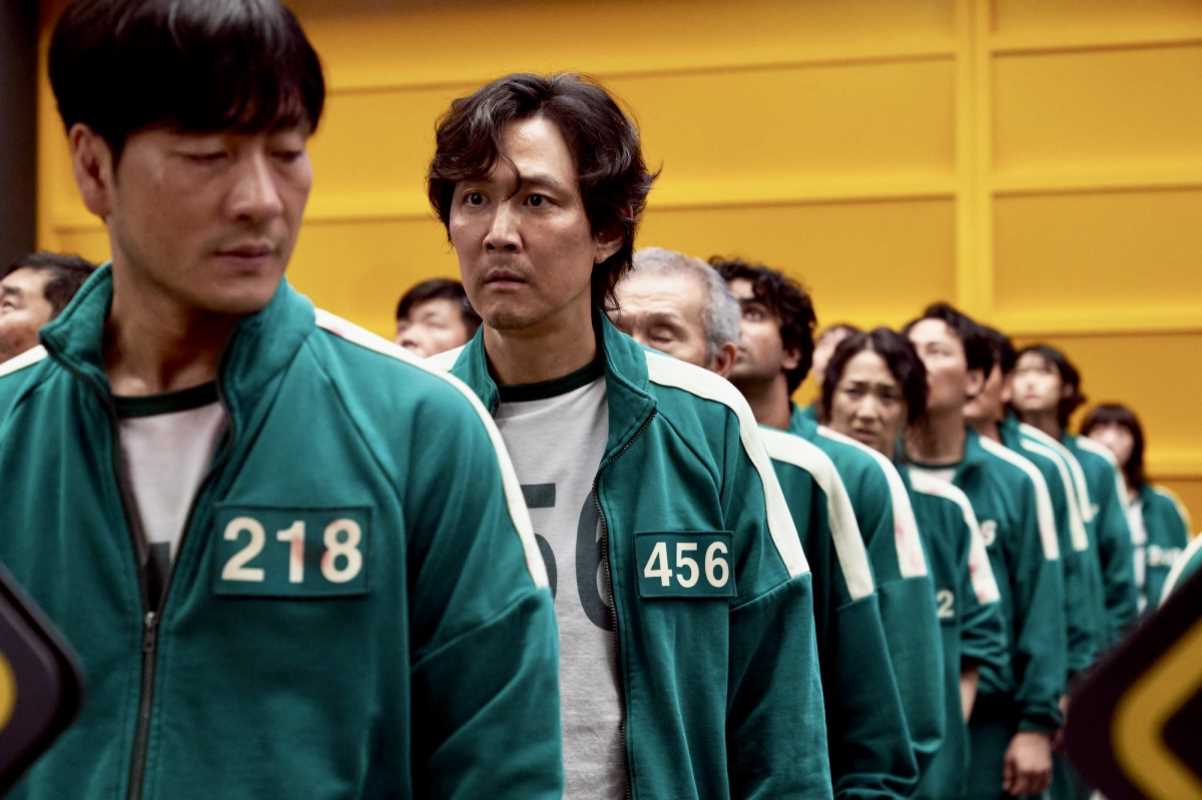
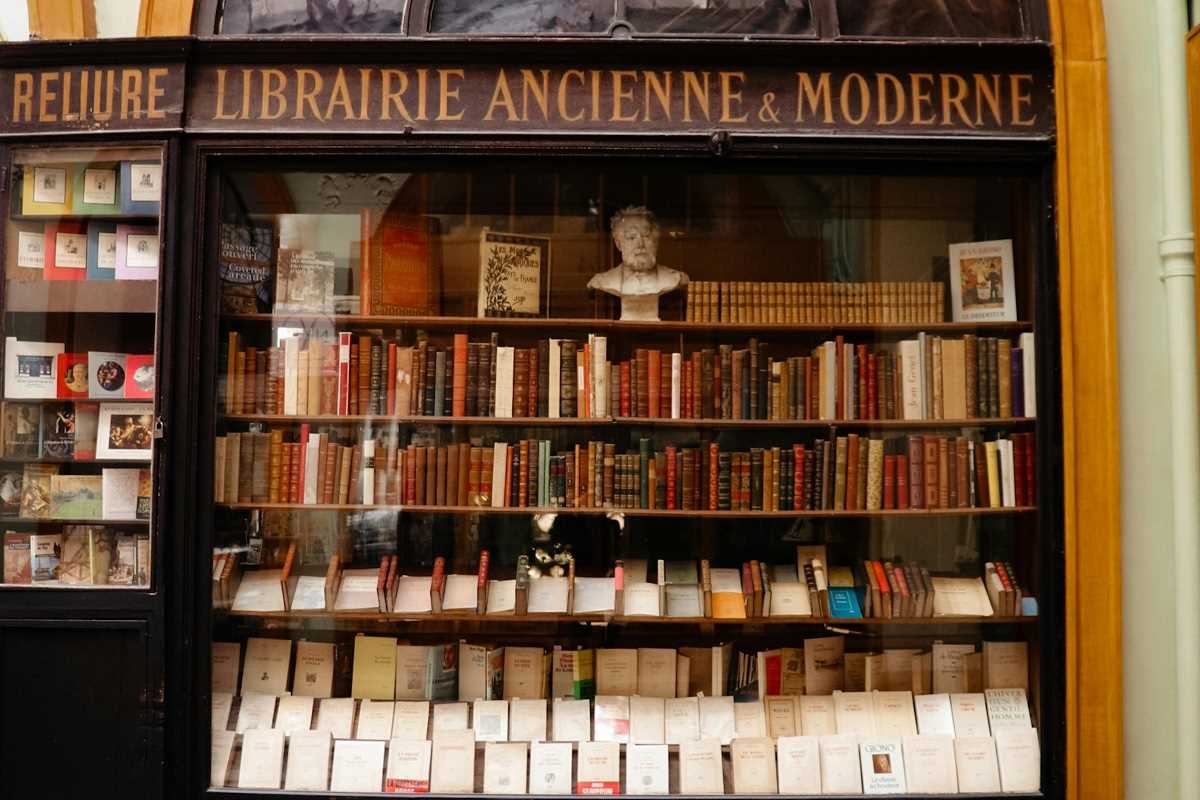
.jpg)